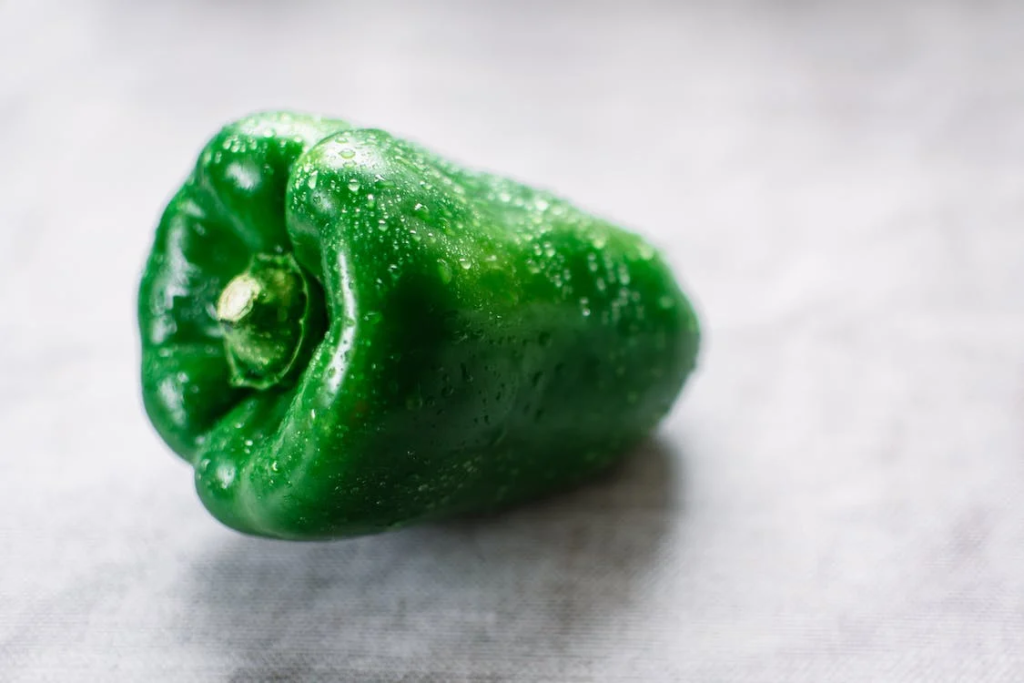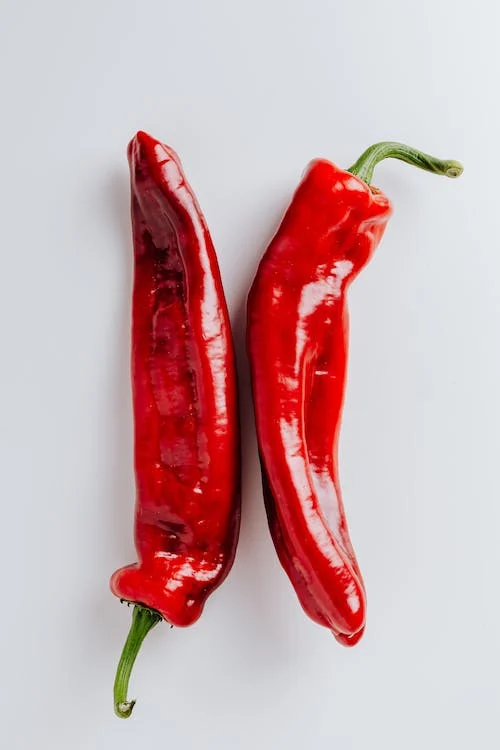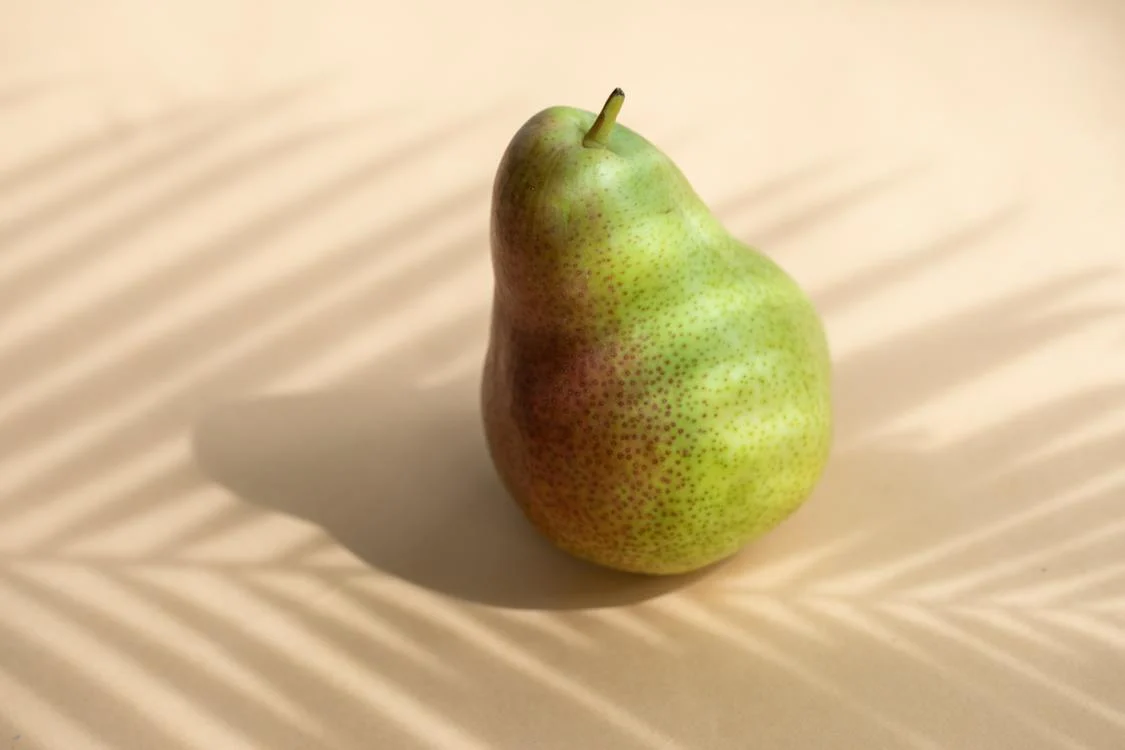From spicing up pizza to adding crunch to salads, pepper varieties like bell peppers bring flavor and nutrition to many dishes. With their appealing scent and bright colors, you may wonder if fresh peppers are a safe snack to share with dogs. The answer is yes – certain low-spicy peppers provide healthy antioxidants and vitamins dogs can enjoy in moderation.
Are Peppers Safe for Dogs?
Sweet, mild peppers with lower spice content like bell peppers, banana peppers or sweet peppers are perfectly safe for dogs when served in small amounts. Their juicy crunch and savory taste appeals to canine taste buds.
However, avoid feeding dogs hotter, spicier pepper varieties as the capsaicin compounds that give them heat can irritate dog digestive systems. Remove all seeds first, as they may cause intestinal upset. Introduce new peppers gradually to watch for any individual intolerances.

Nutritional Benefits of Peppers for Dogs
All pepper varieties provide excellent nutrition through vitamins, antioxidants and fiber. Benefits of low-spicy peppers for dogs include:
- Vitamin C for immune health
- Vitamin A for skin and coat
- Vitamin B6 for metabolism
- Fiber for healthy digestion
- Beta-carotene antioxidant for cellular health
- Low calorie density helps prevent obesity
Peppers add crunch and valuable nutrients to dogs’ diets without many calories. Red, orange and yellow peppers offer the most concentrated nutrition.
Tips for Serving Peppers to Dogs
Follow these tips for safely incorporating low-spicy peppers as an occasional treat:
- Start with small pieces to gauge your dog’s tolerance.
- Cut peppers into bite-sized portions to reduce choking hazard.
- Remove all seeds first, as they can cause intestinal irritation.
- Serve both the juicy flesh and non-spicy skins.
- Choose milder varieties like bell, banana or sweet peppers.
- Limit pepper treats to no more than 10% of daily calories.
When introduced gradually in moderate amounts, low-spice peppers can give dogs’ diets a nutritious crunch!

Are Bell Peppers Good for Dogs?
Yes, bell peppers are an excellent choice to feed dogs for a few reasons:
- Their mild, sweet taste appeals to most canines.
- They contain slightly lower amounts of solanine alkaloids than some other pepper varieties.
- Minimal capsaicin means they are non-spicy.
- Their high water content helps with hydration.
- Variety of colors provides different beneficial phytonutrients.
Bell peppers, whether green, red, orange or yellow, are a tasty way to add vitamin C and fiber to your dog’s diet.
Can Dogs Eat Pepper Stems and Leaves?
Avoid feeding dogs the green stems and leaves of pepper plants, even though these parts are edible for humans. Pepper plant foliage contains concentrations of solanine, an alkaloid compound that can cause:
- Digestive upset like vomiting, diarrhea, cramping
- Neurological symptoms like weakness, confusion
- Cardiovascular effects like lowered heart rate and blood pressure
While pepper flesh is safe, steer clear of stems, leaves, and the spiciest varieties to prevent adverse reactions.
What About Black Pepper or Chili Peppers?
Due to their higher spice content, avoid feeding dogs:
- Black peppercorns – Can potentially cause gastrointestinal irritation.
- Dried chili pepper flakes – Capsaicin compounds may inflame digestive tracts.
- Fresh hot chili peppers like jalapenos – Can cause discomfort or even internal chemical burns.
- Any spicy pepper seasoning mixes containing onion or garlic powder.
For safety, stick to the mildest, low-spice peppers when treating dogs.

Conclusion
Mild, sweet pepper varieties like bell peppers provide dogs with beneficial vitamins, minerals and antioxidants with minimal spicy heat. In reasonable amounts, they make a healthy addition to a balanced canine diet. Be sure to introduce new foods gradually and avoid feeding pepper plant parts, seeds, or the spiciest pepper choices. Overall, low-spice peppers can give your dog tasty nutrition without the risks of their more fiery counterparts.
Frequently Asked Questions About Dogs and Peppers
How much pepper can I feed my dog?
A few small, peeled pieces 1-2 times per week is a good amount for most dogs. Adjust portions to your dog’s size.
Can dogs eat hot chili peppers or pepper flakes?
No. Spicy seasonings containing capsaicin can inflame digestive tracts. Stick to only mild pepper varieties.
What if my dog eats pepper seeds?
Monitor for signs of intestinal upset like vomiting or diarrhea. Withhold food briefly and contact your vet if symptoms concern you. Avoid feeding seeds.
Are pepper stems and leaves safe for dogs?
No, the foliage contains compounds that can cause toxicity. Only feed the pepper fruit itself, not plant parts.
Can I put peppers in my dog’s meals?
Yes, add small amounts of cooked, low-spice peppers to kibble or homemade diets for flavor and nutrition. Introduce slowly to watch for any digestive issues.



